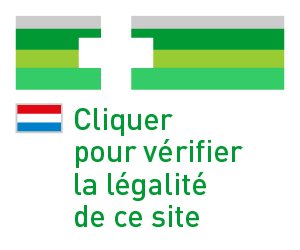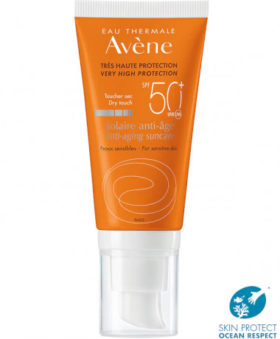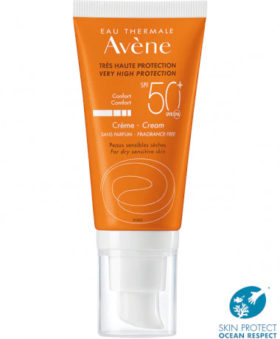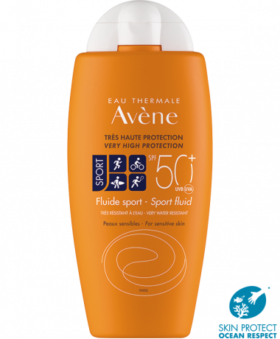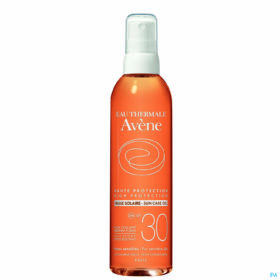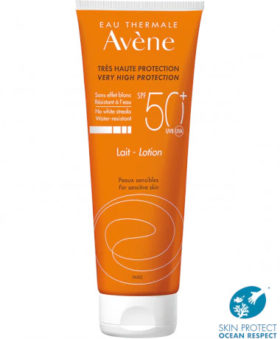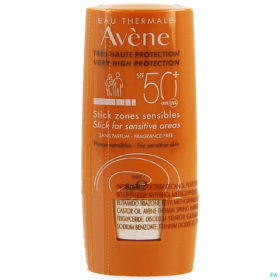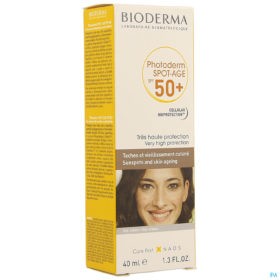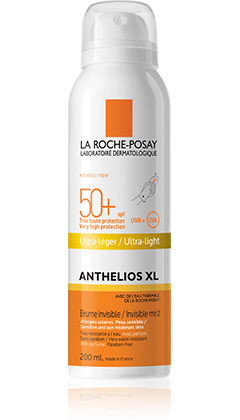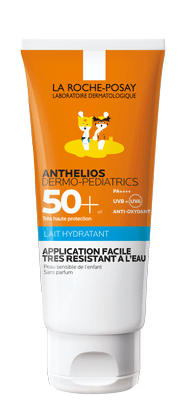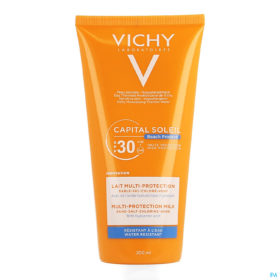How to choose your sun protection product? Knowing your skin type, knowing how to read the sun protection factor (SPF or SPF in English), distinguishing the different sun filters are the 3 determining points. We review them to guide your choice from our selection of sun products and go on holiday well protected.
Know your skin type to protect it well
Whether you go to the beach or the mountains, it is essential to protect yourself from the sun. But you still need to know which protection to choose. Classification by phototype will help you. It makes it possible to anticipate the reaction of a skin type to the sun based on easily identifiable physical characteristics. For phototypes 1 and 2 characterized by very fair skin, blond, red or light brown hair, freckles that occur with exposure to the sun, total sunscreen, i.e. very high protection SPF 50 or higher, is essential.
Phototype 3 has blond or chestnut hair with little or no freckles and gradually tans. It must aim for very high and high protection, i.e. an SPF of 30 to 50. The following phototypes react better to the sun and do not burn. Phototype 4: matt skin, dark hair can opt for high or medium protection. Phototypes 5 and 6, brown or black skin can target medium to low protection with SPFs below 30.
How to read the sun protection factors
Your sun protection is there to help you fight against UV B and UV A rays. UV B rays cause sunburn when the skin is not sufficiently supplied with protective melanin. The effect of UVA rays is more discreet, but in the long run it destroys the collagen and elastin that guarantee the tone of our skin. The protection index tells you the level of protection of the sun product against UV B rays and a protection at least equal to one third of the first against UVA rays.
But pay attention to the application advice of the products. Just as important as choosing the right sun protection factor, the application method and frequency are important to provide you with effective protection. Remember to apply your product generously and reapply often, even for those that are resistant to water and sand.
Advantages and disadvantages of different sun filters
Protections with mineral screen limit the risks of allergy, are effective from the moment they are applied and are environmentally friendly. They leave a white appearance on the skin that may not be pleasant. They are a favourite for intolerant skin and children’s skin. For sun products with organic screens, it is necessary to anticipate the application, as they take 20 to 30 minutes before setting up their role as a sun shield. On the other hand, they are easier to spread.
Milk, cream, oil or stick, which texture to adopt?
Be reassured with the same sun protection factor, all textures are effective. In general, we prefer a body milk or oil and a face cream. For skiing, it is more practical to use a stick.






